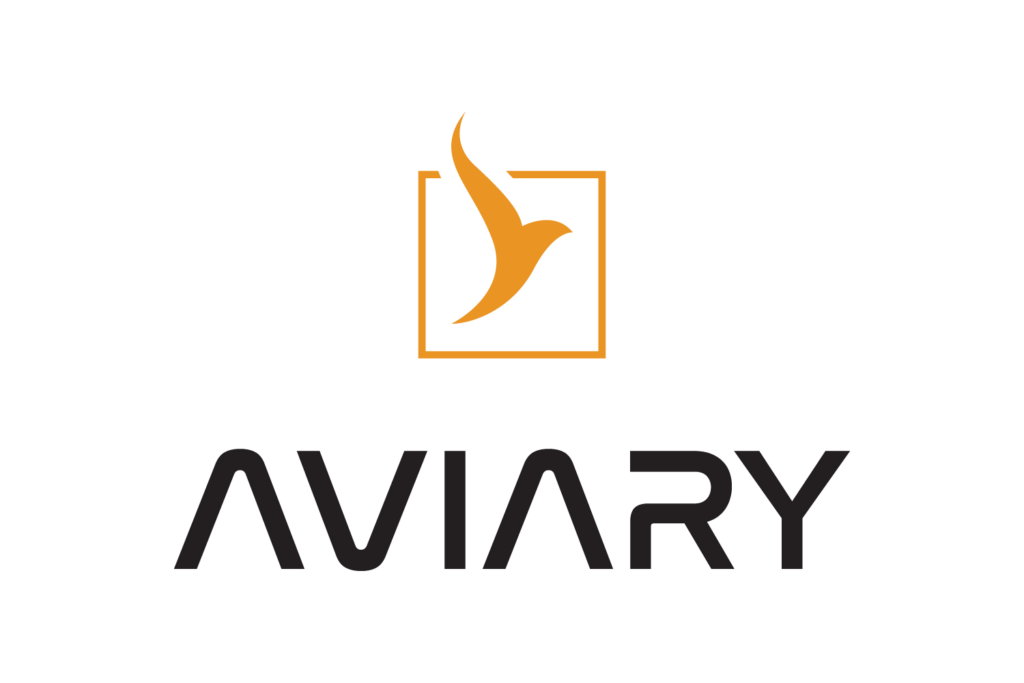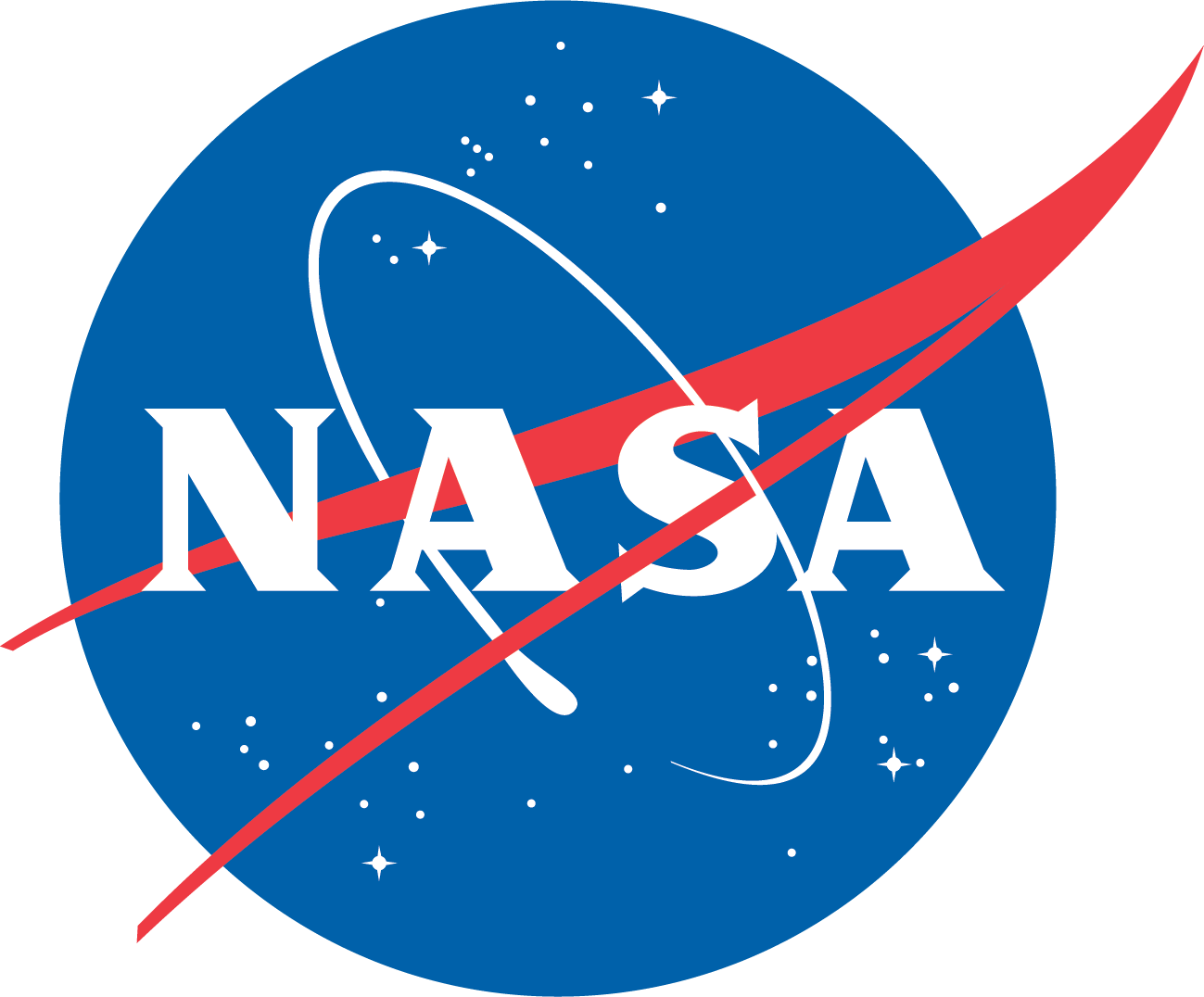
Aviary Takes Flight
A collaboration between Ames Research Center, Glenn Research Center, and Langley Research Center resulted in Aviary – a new, open-source software tool for modeling and optimizing next-generation aircraft designs.
Whether you fancy traditional, hybrid-electric, or all-electric, Aviary is available now via GitHub to help you–and NASA–design a better aircraft.
Users can integrate external tools and modular components into Aviary and leverage interactions between multiple disciplines to identify overall vehicle efficiency gains. The tool also enables users to perform a digital flight test to assess the impact of various technologies and vehicle designs at the system-level.
Already, the team has successfully used Aviary to create models of a transonic truss-braced wing aircraft design.
The first A in NASA stands for aeronautics, of course, and the Agency devotes resources to researching cutting-edge technologies every year. Some might be ready for commercial aircraft, some might be years away from use, but to determine which projects are worth the investment, NASA needs clear and unbiased evaluations of these future technologies and aircraft concepts, often well before working prototypes are available.

“Aviary allows NASA to perform more thorough evaluations of these hypothetical aircraft,” explained Jason Kirk, a co-lead in Aviary’s development. “It’s easier to account for interactions between technologies, and faster to evaluate completely new concepts that have never been studied by the agency before. This helps NASA pick what research is worth investing time and effort into.”
Kirk is an aircraft designer with the Aeronautics Systems Analysis Branch (ASAB), part of the Systems Analysis and Concepts Directorate (SACD). ASAB often analyzes aircraft concepts that are radically different than what flies today, assessing potential for emissions and noise reduction, cost savings, and other benefits.
Kirk has been with the Agency for five years and spent two of those years developing Aviary and ensuring that it was easy to understand and simple to use. He welcomed the programming challenge: “I found that I really enjoy working on software projects, designing the kind of tools that I would like to use as an engineer.”
The other co-leads for the project are Carl Recine from Ames and Jennifer Gratz and John Jasa from Glenn.
Kirk added that the Aviary team will continue to support the tool with additional features for many years to come. “Safer, quieter, and more sustainable aircraft are required for us all to continue enjoying the benefits of affordable air travel, without doing harm to health and climate.”
Aviary is the critical core component of the AATT Model-Based Systems Analysis and Engineering (MBSA&E) framework used to assess benefits of Sustainable Flight National Partnership (SFNP) technologies.
Aviary activities are co-funded by the Transformational Tools and Technologies (TTT), Advanced Air Transport Technology (AATT), and Electrified Powertrain Flight Demonstrator (EPFD) projects.

The Aviary discussion board is available for the benefit of all users. However, for specific or private inquiries, please email agency-aviary@nasa.gov to connect with the Aviary team.
Author: Sondra Woodward
Published May 2024
